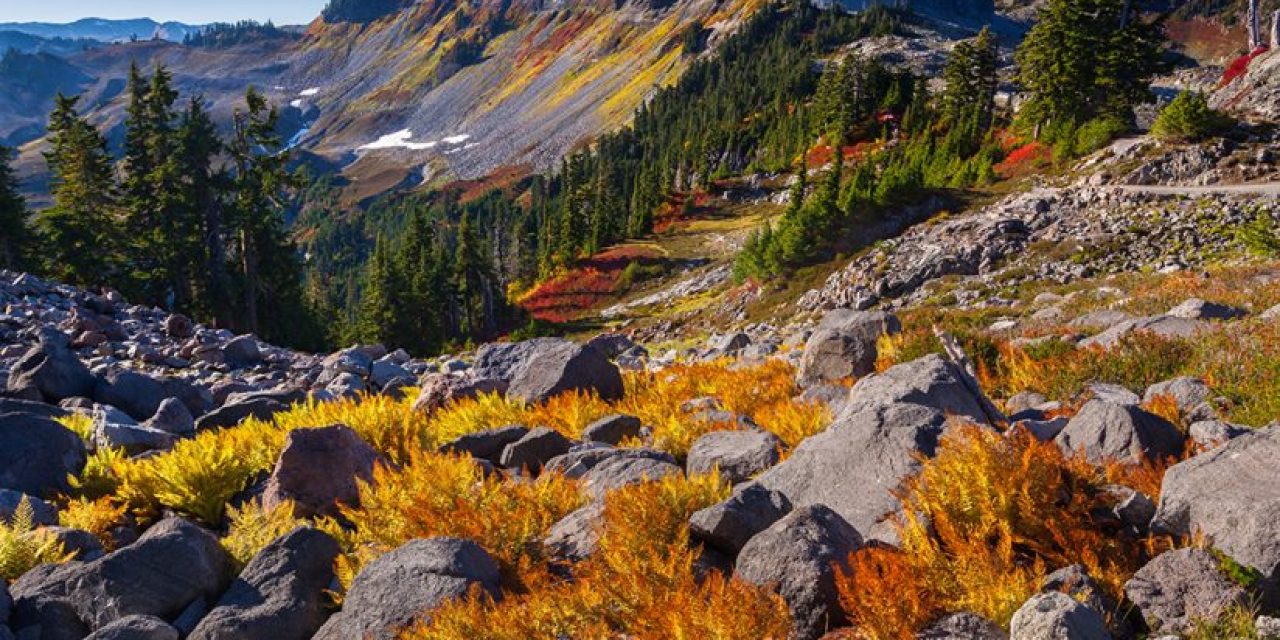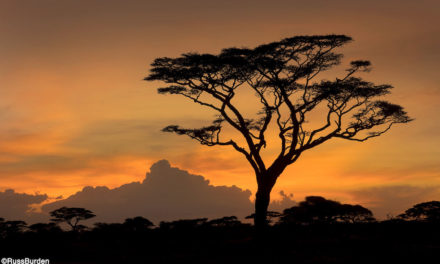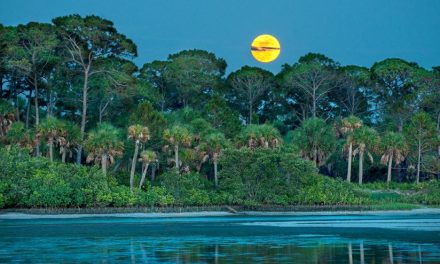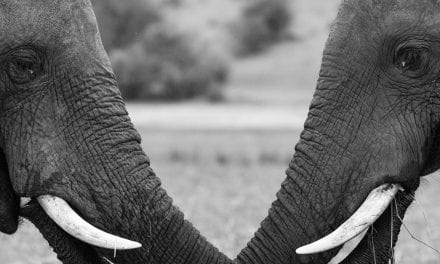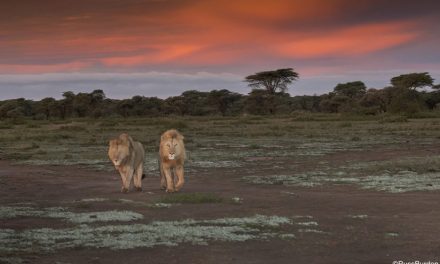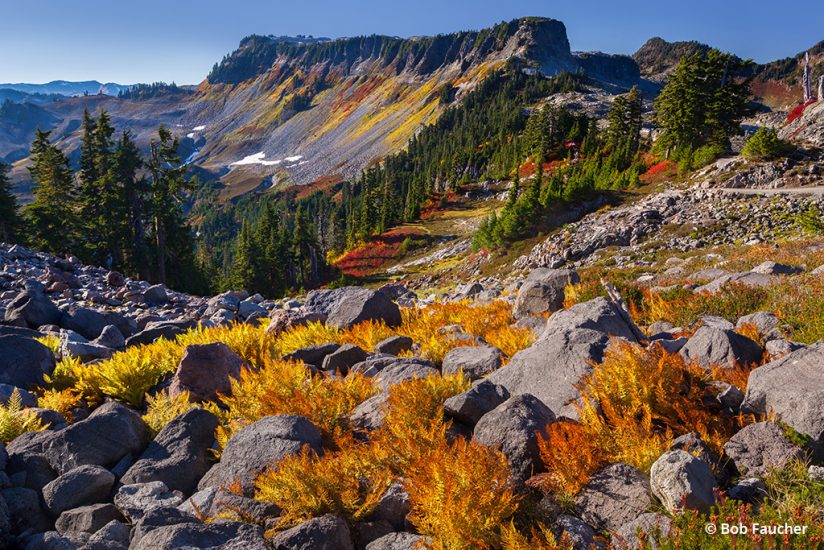
Less than three hours from Seattle, an alpine landscape beckons. Here, you can discover communities of life adapted to moisture in the west and recurring fire in the east; explore jagged peaks crowned by more than 300 glaciers; listen to cascading waters in forested valleys; and witness a landscape sensitive to the Earth’s changing climate in the ecological heart of the Cascade Mountains—North Cascades National Park.
The park offers a full range of camping experiences, from a car or RV to a boat or wilderness trek. There are countless backcountry routes and possibilities in this wild land. Intrepid hikers, backpackers and climbers ply the trails of the park throughout the year. However, the more common hiking season stretches from April through October. The driest and most popular time to visit is during the summer months of mid-June through September. Keep in mind that higher elevation trails often remain snow-covered well into July and sometimes August. Precipitation and snowfall are greatest from November through March. The park’s winters are wet and snowfall is heavy. Access is often limited during these winter months by impassable or closed roads, so be sure to check the park conditions report.
Isolated and dominating the northwestern reaches of the park lies the oft-photographed Mount Shuksan (9,131 feet), which towers more than 8,400 feet above Baker Lake only 6 miles to the south. Access is easy year-round on Washington State Route 542 by car (chains are often required during the fall and winter months) as this is the home of the Mt. Baker Ski Area.
Weather At Huntoon Point
Like much of the West Coast, the Cascades are often plagued by many summer and early-fall wildfires with smoke choking the air. What I sought was to document the rugged mountain environment with some fall color. Unlike the forests in the Northeastern United States, the Cascades are principally coniferous, with some patches of deciduous trees at lower elevations. However, dwarf alpine ferns, heaths and heathers can be spectacular in the fall. As always in nature photography, timing is everything.
Photo Experience
During the first week of October, I drove up to the Mt. Baker Ski Area and continued up to Artist Point. I then chose to hike the Kulshan Ridge southeast to the high spot at Huntoon Point, an easy 1.1-mile trek with an elevation gain of 300 feet. From this perspective, the North Cascades revealed themselves in a most breathtaking fashion. Mount Shuksan was gorgeous and the Border Peaks formed a magnificent chorus line against the northern horizon. Mt. Baker dominated all.
I made the hike from Artist Point to Huntoon Point four times over two days, one trip each morning and afternoon because the mountains face the sun opposite one another at those times. Those vistas are wonderful, and I took advantage of the conditions to make nice images of Baker and Shuksan. Since those views are often photographed, I was looking for something else—dramatic yet overlooked. What I noticed every time I made my descent along the trail was the dramatic andesite plateau of Table Mountain and the swath of color leading my eye to and across it.
I chose to photograph Table Mountain on a clear-sky late afternoon to take advantage of the quality of the light, the long shadows and the translucent and reflective properties of the alpine foliage. A gentle wind with brief periods of calm compelled multiple exposures to ensure the taller leaves and grasses would be rendered motionless. In order to maintain sharpness throughout the depth of the image, multiple images at varying focal distances were necessary. Ultimately, select images were combined into a focus stack. The result shows long, dark shadows with the ferns, heathers and bearberry on the flanks of Table Mountain, as well as along the trail leading to Huntoon Point, resplendent in fiery reds, oranges and yellows.
Best Times To Visit Huntoon Point
The Kulshan Ridge Trail is primarily used for hiking, walking, nature trips and birding and is best used from July until September. The road from the ski area up to Artist Point is closed in the winter, but you can reach Artist Point when the road is closed by snowshoe from the ski area parking lot. The trail is well-traveled, so there will almost always be a clear path to follow and many other snowshoers making the trek.
Contact: National Park Service, nps.gov/noca/index.htm.
See more of Bob Faucher’s work at faucherphotography.com.
The post Huntoon Point appeared first on Outdoor Photographer.

